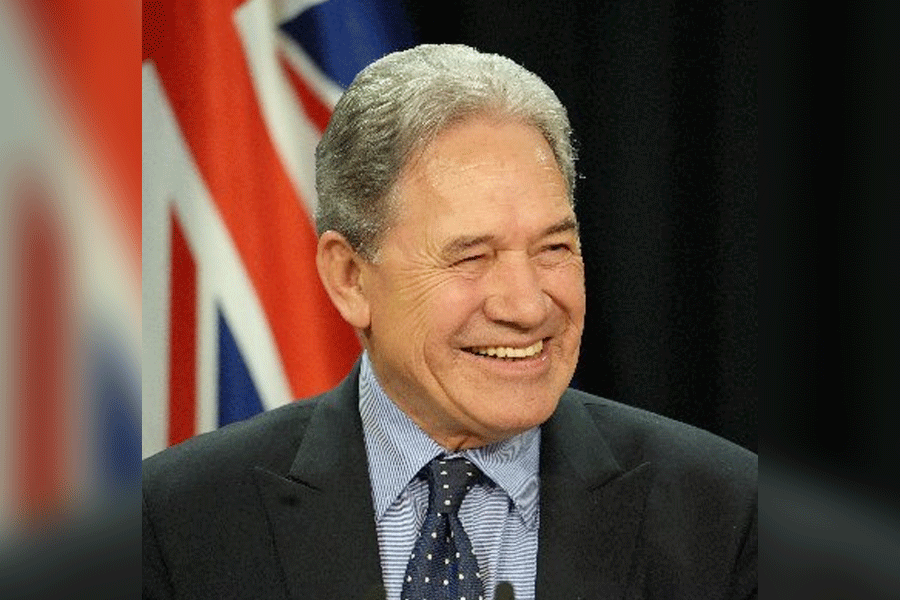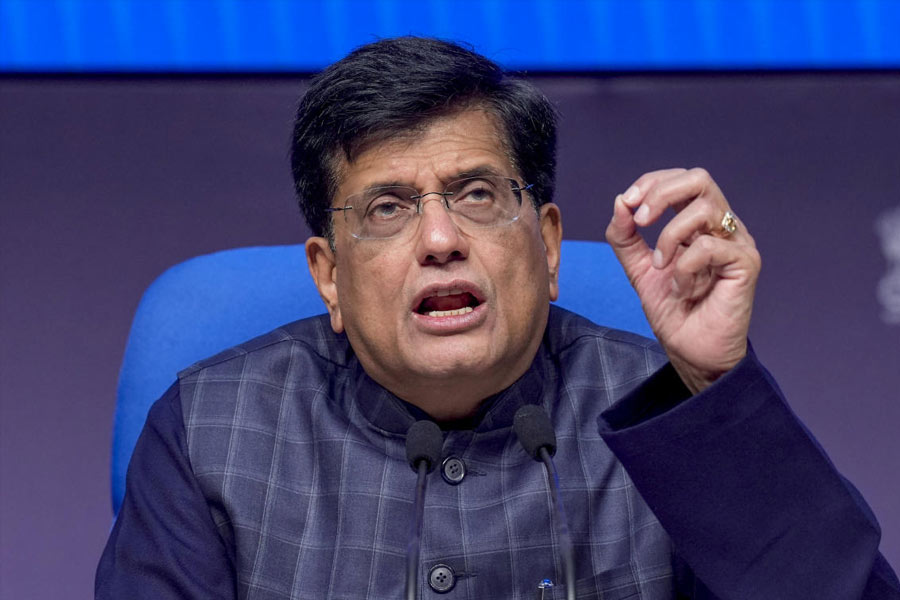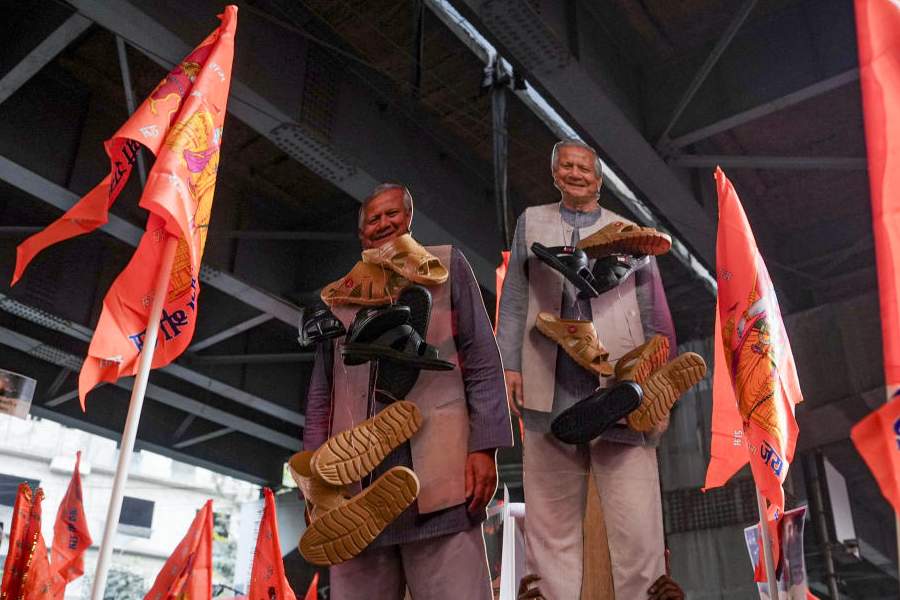 |
New Delhi, Aug. 1: Two of every three OBC students selected to the IITs this year would have made it without any quotas, 2009 entrance test details reveal, debunking fears that this year’s quota hike would lead to a drop in student quality.
At least 1,300 of the 1,930 Other Backward Class students admitted to the IITs through the Joint Entrance Examination secured marks that would have guaranteed them seats even without the quotas, details released today show.
In chemistry, the OBC topper notched 126 — four more than the general category (and overall) top ranker.
The lowest-ranking selected general category student scored less in mathematics (31) than his or her counterpart from the OBC (63), Scheduled Caste (41), Scheduled Tribe (40) and physically handicapped (36) quota categories.
The OBC students meeting the general cut-off make up 15 per cent of the 8,245 short-listed in the general merit list, which is just 3 percentage points short of the 18 per cent seats reserved for them this year.
These statistics appear to rubbish concerns expressed by government and IIT officials that hiking OBC quota seats from 9 per cent in 2008 to 18 per cent this year could lead to large-scale seat vacancies.
The 1,930 OBC students selected make up over 19 per cent of the total figure of 10,035 students, which is higher than the 18 per cent seats reserved for them this year.
Although not all OBC students may choose quota seats, most did so last year, leaving only 20 backward class seats vacant in 2008. Opting for a quota seat gives a student a better chance of getting into his or her preferred engineering stream.
“There is every likelihood that we will not have many OBC quota vacancies this year,” a senior admissions official at IIT Delhi said.
Contrary to assurances made last year after The Telegraph revealed critical errors in the marking of the JEE mathematics paper, the IITs have not disclosed an answer key that will allow independent verification before admissions are finalised.
But like last year, the IITs today revealed the cutoff marks used for selecting students, and the scoring patterns of selected students.
Subject cutoffs for physics, chemistry and mathematics were set at 8, 11 and 11, respectively, calculated by determining the average score in each subject of all students who appeared for the JEE.
This procedure for setting subject cutoffs departs from the policy of simply eliminating the bottom 20 per cent students in each subject to set cutoffs, used the last two years. In 2006, the IITs had used cutoffs that did not match the formula they claimed to have used to arrive at the cutoffs.
Although, as decided by the IITs last year, the subject cutoffs were relaxed by 10 per cent for OBC candidates, this lowering of the minimum standards has proved unnecessary, the details released today reveal.
After short-listing students on the basis of subject cutoffs, the IITs every year finally select those with the highest aggregate scores. Compared with the aggregate of 424 secured by the overall JEE topper, the highest-ranked OBC student scored just 11 less — 413.
At least 1,300 OBC students scored higher than the 178 aggregate cutoff set for general category students. The OBC aggregate cut-off, cleared by 1,930 students, was set 10 per cent below, at 161.










